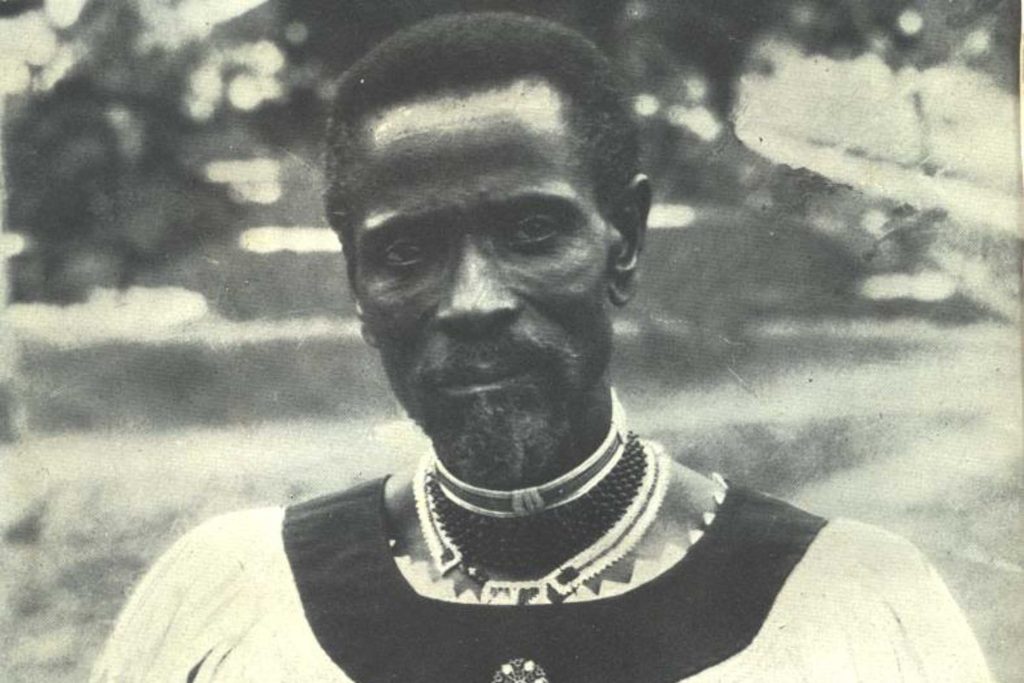
Kyalami Gets One Step Closer to Formula 1 Return
Kyalami Grand Prix Circuit, deep in the heart of Gauteng between Johannesburg and Pretoria, has...
 20 June 2025
20 June 2025 
The greater Durban area has so much to explore, from the sun-kissed North and South Coasts to the towering Drakensberg Mountains, and even the suburban tranquillity of areas like Hillcrest and Kloof. There’s an adventure waiting around every corner, but if you’re more interested in learning all about Durban’s heritage, you might want to take a trip along the Inanda Heritage Route.
This historic journey winds through the Inanda Valley, documenting centuries of South African history. In fact, it’s also a window into the history of our country’s Indian diaspora, starting in Phoenix Settlement, which was established in 1904 by Mahatma Gandhi. Read on to learn more about this Durban attraction and how you can include it in your next self-drive adventure in KwaZulu-Natal.

Photo: SA Tourism
You might not know that Mohandas Karamchand Gandhi spent 21 years in South Africa, developing his pacifist ideology, political views, and ethics. In fact, it was here that he earned the honorific “Mahatma”, which he went on to use for the rest of his life. In 1904, he founded Phoenix Settlement, aiming to create a space where people strived for equality of all labour.
His former home in the area is now a museum, forming part of the Inanda Heritage Route. However, after he left South Africa, it first became an important gathering place for anti-apartheid activists. The house was rebuilt after it was engulfed in flames during the 1985 Inanda Riots. Today, it serves as a reminder of South Africa’s diverse history. Other attractions in Phoenix Settlement include the old printing press, where the Indian Opinion newspaper was published until 1961, as well as the Phoenix Interpretation Centre.

Photo: KwaZulu Mission
The next stop along the Inanda Heritage Route is the Shembe Settlement of Ekuphakameni, home of the Nazareth Baptist Church (Ibandla LamaNazaretha). Between 1910 and 1913, founder Isaiah Mloyiswa Mdliwamafa Shembe claimed he received instructions from God on Nhlangkazi Mountain and went on to establish the first Shembe temple in this area. Today, the temple – as well as his mausoleum – are contained within a church facility. Each January, thousands of Ibandla LamaNazaretha faithful gather here before setting off on a pilgrimage to the holy mountain.

Photo: Ethekwini Municipality
In 1912, John Langalibalele Dube became the first president of what would go on to become the African National Congress. The philosopher, poet, and politician founded the Ohlange Institute 12 years prior, establishing the first black-controlled school of its kind in the country. In 1994, our first democratically elected president, Nelson Mandela, cast his vote at this very school. Today, it serves as the Inanda Tourism Office. Dube and his wife, Angelina, are buried here, too.

Photo: Inanda Seminary for Girls
Even before John Dube founded the Ohlange Institute, the Inanda Valley was the site of the first school of its kind for black South African girls. The Inanda Seminary for Girls was founded by American missionaries Daniel and Lucy Lindley in 1869, who asserted that these girls desperately needed a place to learn about the Christian faith and their expected roles as mothers and wives.
The school remained independent throughout apartheid and today, it remains the oldest girls’ boarding school in South Africa. Visitors can also explore the on-site archive and museum.
In 1976, the Shembe community split into two sects, with the Ebuhleni Shembe International Church splitting from Ibandla LamaNazaretha. In 1980, its leader, Bishop Amos Khula, founded Ebuhleni, which means “place of beauty” in isiZulu. The site adjoins Inanda Dam and is surrounded by cliffs. Like its counterpart in Ekuphakameni, the settlement attracts thousands of worshippers at the start of each year, who likewise make the pilgrimage to Nhlangkazi Mountain.

Photo: Kloof Conservancy
Situated only 20 minutes away from Gateway Theatre of Shopping, this breathtaking waterfall is largely regarded to be one of the best-kept secrets in the entire Durban area. Not only is it one of the highlights of the Inanda Heritage Route, with some of the most scenic views in the area, but it’s also a popular rock climbing destination. Ibandla LamaNazaretha worshippers still perform baptisms here, while a Rastafarian community calls the site home.
The Durban area is home to a thriving Rastafarian community, some of whom live in a cave near the Mzinyathi Falls viewpoint. Legend says that the residents travel through the cave each day to get to work, but only they know how to navigate the secret path. If you’re planning on visiting the community, you’re advised to make prior arrangements with the relevant people.
Inanda Dam itself is one of Durban’s most important reservoirs. It’s also the site of extensive archaeological findings that date back to the Stone Age. Today, locals use the dam for water sports and recreation.

Photo: Getty
These could arguably be the best views in Durban, and the fact that its only 30 minutes away from the centre of the city gives one even more reason to visit. Towering mountains and cliffs overlooking the entire Inanda Dam make it a visual spectacle for anyone who loves mountains and the great outdoors.

Photo: Getty
Durban’s Inanda Heritage Route is guaranteed to show you a side of the city you’ve never seen before. From Ghandi’s legacy to the birthplace of South Africa’s second-largest African initiated church, it’s a remarkable place steeped in centuries of history. Ready to explore it for yourself? Simply use the handy booking tool at the top of the page and find your ideal rental vehicle for your Durban self-drive adventure. Safe travels!